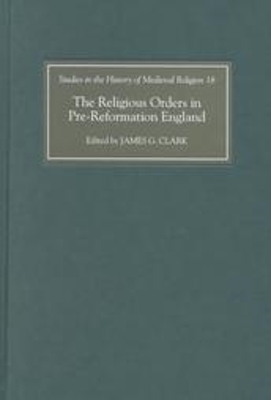It continues to be assumed in some quarters that England's monasteries and mendicant convents fell into a headlong decline - pursuing high living and low morals - long before Henry VIII set out to destroy them at the Dissolution.The essays in this book add to the growing body of scholarly enquiry which challenges this view. Drawing on some of the most recent research by British and American scholars, they offer a wide-ranging reassessment of the religiousorders on the eve of the Reformation. They consider not only the condition of their communities and the character of life within them, but also their wider contribution - spiritual, intellectual and economic - to English societyat large. What emerges is the impression that the years leading up to the Dissolution were neither as dark nor as difficult for the regular religious as many earlier histories have led us to believe. It was a period of institutional and religious reform, and, for the Benedictines at least, a period of marked intellectual revival. Many religious houses also continued to enjoy close relations with the lay communities living beyond their precinct walls. Whiletheir role in the devotions of many ordinary lay folk may have diminished, they still had a significant part to play in the local economy, in education and in a wide range of social and cultural activities.
Contributors:JEREMY CATTO, JAMES G. CLARK, GLYN COPPACK, CLAIRE CROSS, PETER CUNICH, VINCENT GILLESPIE, JOAN GREATEX, BARBARA HARVEY, F. DONALD LOGAN, MARILYN OLIVA, MICHAEL ROBSON, R.N. SWANSON, BENJAMIN THOMPSON.
- ISBN10 0851159001
- ISBN13 9780851159003
- Publish Date 28 November 2002
- Publish Status Active
- Publish Country GB
- Publisher Boydell & Brewer Ltd
- Imprint The Boydell Press
- Format Hardcover
- Pages 262
- Language English
